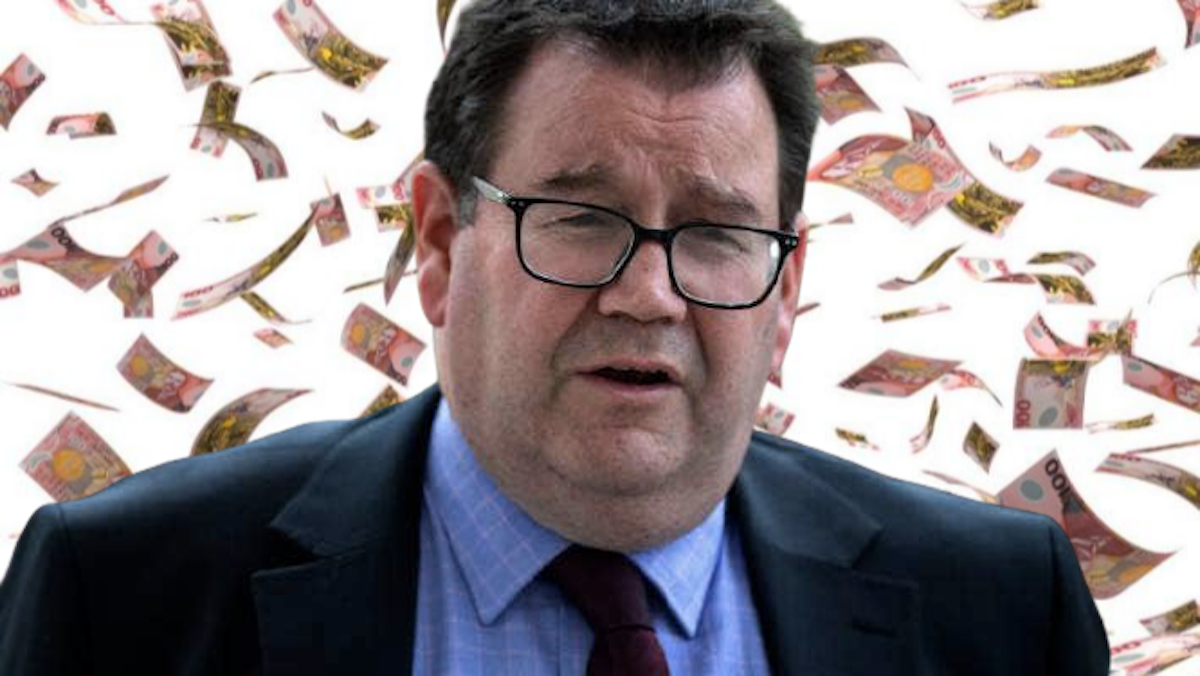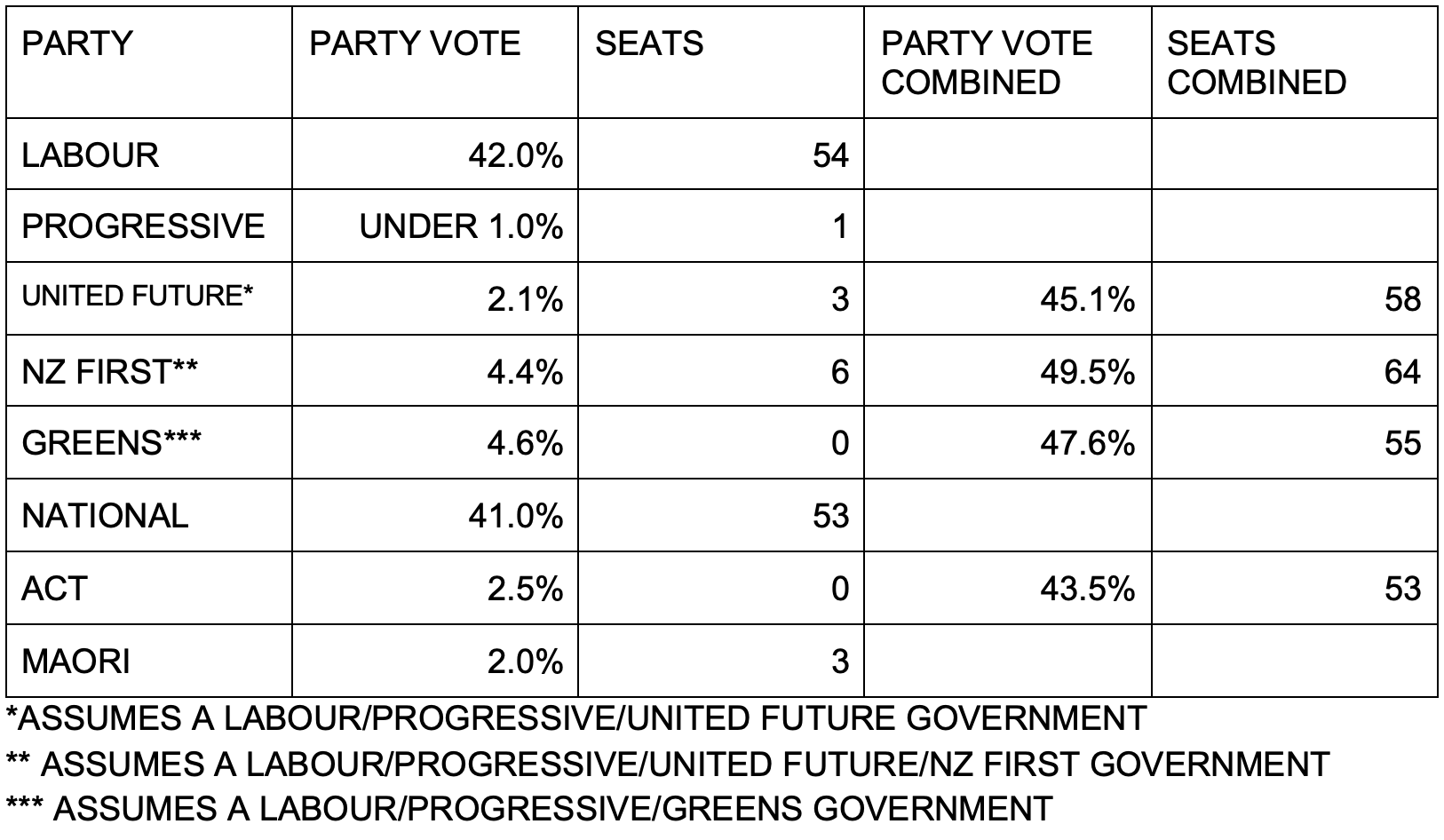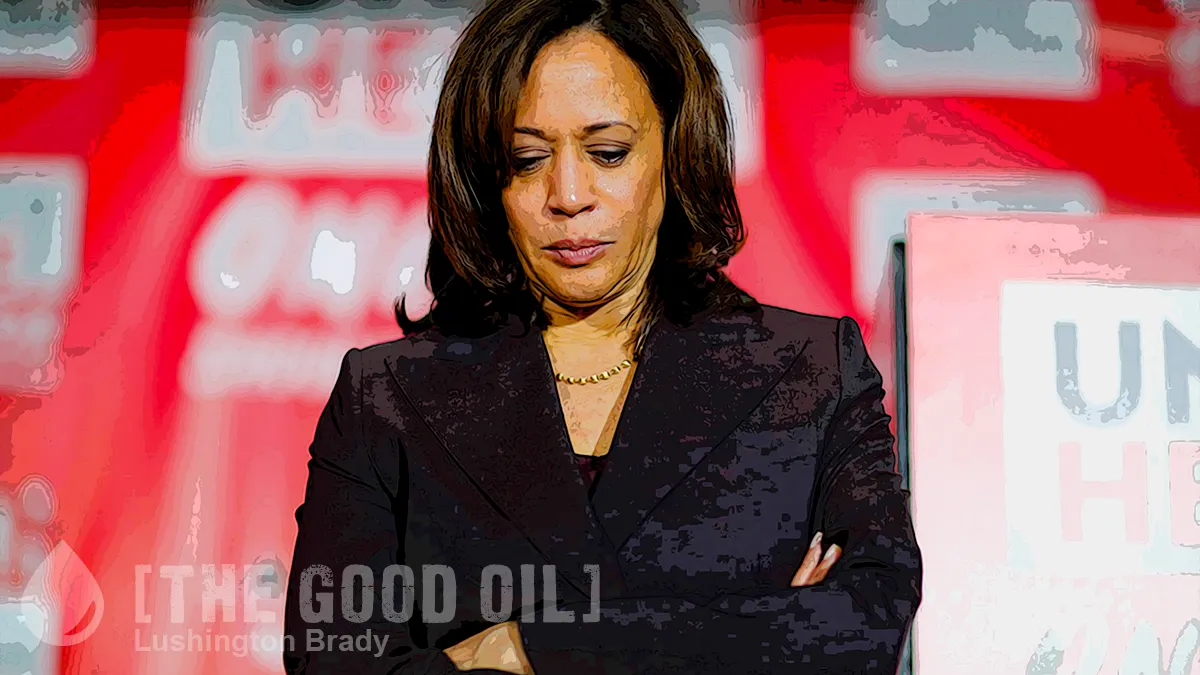If you don’t have a Silver level membership yet you are missing out on our Insight Politics articles.
Today is a FREE taste of an Insight Politics article by writer Stephen Berry.

They Can’t Even Splash the Cash Properly
There are plenty of policies and spending increases this Government has put in place that I disapprove of but they’re not radically unusual Labour Government policies. Increases to health and education funding are standard fare on both sides of the political spectrum. Reforming entire social service systems will be done rightly and wrongly by Labour and National. Indeed, I supported abolishing the District Health Board system (introduced by the Fifth Labour Government) though it is unfortunate this had to be accompanied by a Maori Health Authority and the anti-democratic evil of co-governance.
It is rare that a New Zealand Government will pursue economically reckless policies such as simply giving out money to taxpayers who don’t qualify for a traditional welfare benefit, though the post-Covid political environment has seen governments across the world splash about stimulus cash in a manner that would make John Maynard Keynes’ eyes water. Throwing cash around sounds like a pretty simple proposition but this incompetent Government cannot even do that properly.
The Cost of Living Payment made for poor politics as well as terrible policy as it was handed out in insignificant amounts ($116 per month), monthly for three months. It is being given to people that, according to normal political convention, are considered to not need it due to earning up to the 33% income tax threshold and not receiving a social welfare benefit. However, even this wanton fiscal hose-down is proving farcical.
The expectation prior to the first payment on August 1st was that 2.1 million New Zealanders would receive the first instalment of the Cost of Living Payment. On August 3rd, it became clear that only 1.3 million New Zealanders had received it.
Not only have 800,000 presumably eligible New Zealanders not received the payment, ex-pats who have New Zealand bank accounts and have not advised Inland Revenue of their change of address are receiving the payment.
It is difficult to determine how many overseas New Zealanders, and former work visa holders who have also left New Zealand, will have received the Cost of Living Payment incorrectly. For every overseas resident that has, an additional eligible New Zealander, on top of the 800,000 estimated, has missed out.
In July, in the weeks leading up to the first instalment being made, Inland Revenue spent millions on advertising. This was to encourage the estimated 168,000 New Zealanders it believed had failed to keep their bank account details up to date, to get in touch so they would receive the payment. This exercise in fiscal abandon, which Treasury warned the Government against pursuing, reveals just how badly records are maintained by Inland Revenue.
The handout is estimated to cost a total of $800 million, with an additional $14 million budgeted for the additional staff required to administer the payment and promote it to eligible taxpayers. On the upside, should the following two payments also fail to reach their destination, the policy could cost just $495 million, though the administration costs could potentially reach $67 million given that the number of people who have missed out on the payment so far is 4.71 times greater than previously estimated.
New Zealanders have until mid-2024 to update their details and receive the payment, though the original administration cost was based on temporarily hiring 750 extra staff for Inland Revenue to administer the three-month scheme.
Throwing money at apparent economic deprivation doesn’t make it go away, it just provides a financial incentive for people to claim they are economically deprived.
The waiting list for a state house increased from 3500 families in June 2015 under National (facing vitriolic attacks from Labour as a result) to approximately 6000 at the end of their term. Since the beginning of the Labour Government in September 2017, that waiting list has more than quadrupled to 27,000 people. This is despite the Government announcing on Tuesday that 10,037 additional homes have been added to public housing stock since Labour came into office (the reality is only 8,240 are new builds and just 6,568 have been built by Kainga Ora). Despite this, the demand for public housing outstrips additional supply due to the expectation that the Government will try to house every family that claims to be in need.
Labour’s other flagship policy to alleviate poverty, a 40% increase in the minimum wage since 2017 has been neutered by oppressive tax thresholds and rampant inflation. The minimum wage increased from $20.00 to $21.20 an hour on 1 April 2022, an increase of 6% at a time when inflation for the same quarter reached 6.9% compared to last year. Additionally, the gross income of a full-time (45 hours per week) worker on the minimum wage increased from $46,800 to $49,608.
The comparative buying power of the higher minimum wage actually decreased $421 in 2021 dollars, in addition to $1,608 being taxed at the higher threshold of $48k/30c ($201 higher tax annually), making full-time minimum wage earners $11.70 worse off each week, in real terms, after their pay increase.
Given Labour’s five-year record of incompetence, people ask me how the polls continue to show support for National/Act neck and neck with Labour/Greens. The answer to that is partly due to New Zealanders’ proclivity for electing three-term governments. Since 1975, only the Fourth Labour Government failed to win a third term in 1990. However, if we were to compare support for Labour now compared to this time in 2004, the second year of Helen Clark’s second term, there are some glimmers of hope.
As of the first week of August 2022, the average of the five most recent polls (2x Curia, 2x Roy Morgan, 1x Talbot Mills) shows competition is fierce, though with up to fifteen months until the next general election, the trends are not moving in Labour’s favour.
| PARTY | PARTY VOTE | SEATS | PARTY VOTE COMBINED | SEATS COMBINED |
| NATIONAL | 37.7% | 49 | ||
| ACT | 9.4% | 12 | 47.1% | 61 |
| LABOUR | 34.0% | 44 | ||
| GREENS | 9.7% | 12 | 43.7% | 56 |
| MAORI | 2.2% | 3 | ||
| NZ FIRST | 2.6% | 0 |
As of the first week of August 2004, the average of the five most recent polls (1x Sunday Star-Times, 2x 3 News, 2x Colmar Brunton) showed Labour comfortably in front. National is considered to have come close to winning the 2005 election but there were seven parties in Parliament compared to five today, with Act a mere shadow of the party of 2022. The Greens and Act did not hold electorate seats in the 2002 election so, in line with standard polling practice, it is assumed they would need to cross the 5% threshold in 2005.

These combinations assume that United Future and NZ First would refuse to work with the Greens and that New Zealand First would not work with National. Even if United Future were combined with National/Act, the combined party vote was 45.6% and combined seats 56 against a Labour/Progressive/NZ First combination of 47.4% and 61 seats.
The mind-boggling effect of documenting the incompetency of The Sixth Labour Government is only exceeded by their apparent strong support in the polls. However, they’re in a much weaker position than the Fifth Labour Government at the comparable stage of the political cycle. If Labour is being out-polled by the opposition this far out from the next general election, it makes me quietly confident they will be the first two-term government in 33 years.
If you enjoyed that FREE taste why not subscribe to a SILVER level membership today?
You will not only get access to Insight Politics articles like the one above but you will also gain access to all our puzzles, SonovaMin and BoomSlang’s fantastic cartoons, and our private members’ forum MyBFD as well as enjoying ad-free viewing.
$25 a month ($6.25 a week) (89c a day)
$300 a year










